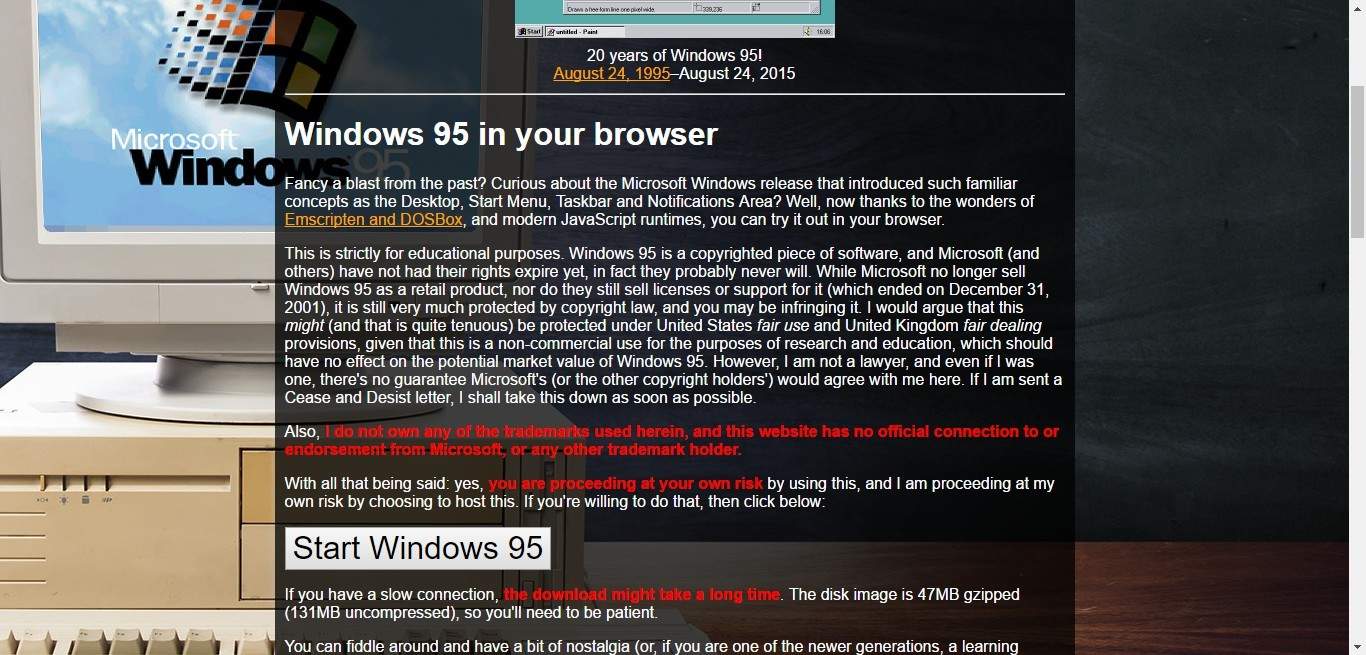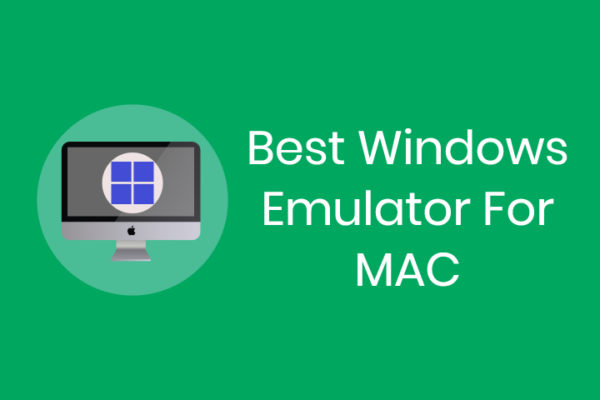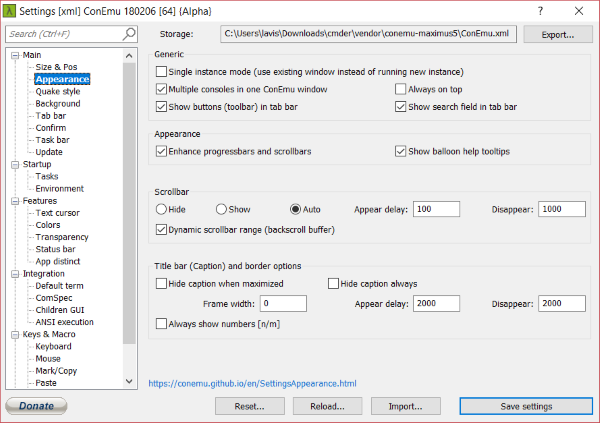

The complete contents of this binary, both the API server and the UI, historically belonged to Windows csrss.exe, a critical system process, and was diverged for security and isolation purposes. The Windows Console Host, or conhost.exe, is both the server application for all of the Windows Console APIs as well as the classic Windows user interface for working with command-line applications. The console host, command-line client applications, the console driver, the console API surface, the pseudoconsole infrastructure, terminals, configuration property sheets, the mechanisms and stubs inside the process loader, and any utilities related to the workings of these forms of applications are considered to belong to this group.
#CONSOLE EMULATOR WINDOWS PORTABLE#
It specifically refers to a flag that is a part of the Portable Executable header that specifies whether the starting application is either a command-line/console application (and must have standard handles to start) or a windows application (and does not need them).

This is a catch-all term representing all modules affecting console and command-line operations. The "server" applications are those that are responsible for the user interface and are workers to translate input and output into standard forms on behalf of the clients. Within this space, we're referring to "clients" as applications that do the work of processing information and running commands. On non-Windows platforms, the TTY and PTY devices represent respectively either a true physical device or a software-created pseudo-device that are the same concept as a Windows console session: a channel where communication between a command-line client application and a server host interactivity application or physical keyboard/display device can exchange text-based information.

It may also be a socket or any other type of device. In the case of command-line applications, however, the device is most commonly a console device, file (from redirection in a shell), or a pipe (from a shell connecting the output of one utility to the input of the next). Standard handles do not imply a specific type of attached device. However, they can be implicitly or explicitly inherited from the parent or allocated, attached, and freed during runtime by the application itself. For classic Windows applications, these may be blank on startup. They are either inherited from the parent automatically, set explicitly by the parent, or created automatically by the operating system if neither are specified/permitted. For command-line applications, these must always exist when the application starts. They represent a place for information to be accepted on the way in and sent back on the way out (including a special place to report errors out). The standard handles are a series, STDIN, STDOUT, and STDERR, introduced as part of a process space on startup. Of course, this has evolved over time for additional input devices and remote scenarios, but the same basic philosophy remains the same: command-line clients operate on text and someone else manages display/input. Command line applications receive a stream of text on their standard input STDIN handle which represents a user's keyboard input, process that information, then respond with a stream of text on their standard output STDOUT for display back to the user's monitor. They generally contain no user interface elements of their own and delegate both the output/display and the input/interaction roles to a hosting application. Command Line ApplicationsĬommand line applications, or sometimes called "console applications" and/or referred to as "clients" of the console subsystem, are programs that operate mainly on a stream of text or character information. This document provides the definitions of specific words and phrases in this space and be used as reference throughout this document set.


 0 kommentar(er)
0 kommentar(er)
